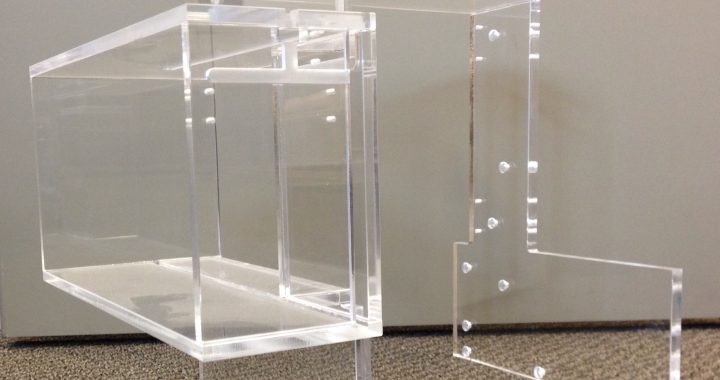So why even choose to fabricate plastic products? To begin with, plastic fabrication typically has the benefit of having considerably fast finish times, and in contrast to the majority of materials there’s also the choice of colouring plastic prior to production, rather than after. It’s significant malleability means that it has a relatively low melting temperature, and it is more lightweight compared to many other resources – both these elements simplify the manufacturing operation. Moreover, plastics are fairly inert and therefore possess high chemical resistance. Despite all of these benefits, plastic material is however unsuitable for applications which need a very high structural integrity, and is very vulnerable to depreciation in the long-term.
Overview Of CNC Machining
CNC machining is a computer regulated subtractive process, which eliminates material from plastic as a way to produce the desirable shape. The computer is high-tech, with the capability to change a model into numbers by using a computer aided design software system. The figures are then able to manipulate the machine to cut the required shape. To set up, the machines require an intermediate stage in the creation and validation of tool paths. Once the machine is provided with the tool paths, the subtractive process is started. When the assembly is finished, the component part is cleaned, smoothed, and trimmed.
For low quantity plastic component requests that require tight tolerances and shapes which are tough to mould, machining meets your needs. CNC machining boasts minimal to moderate initial costs, and can manufacture premium quality plastic pieces with minimal finishing times. Nonetheless, with increased product sophistication, the associated fee per component increases. In addition, the process demands tool access allowances, and particular shapes, for instance those with curved interior channels, are near-impossible to make with CNC manufacturing.
Introduction To Vacuum Formation
Vacuum formation is a procedure during which plastic is heated up and moulded, usually working with a mould. The size and intricacy of vacuum-forming machines cover anything from cheap desktop technology to sophisticated production equipment. The site manufacturers of acrylic frames provides extensive more info on the main topic of acrylic development. For anybody who is interested in extra info relevant to perspex manufacturing this particular site perspex vacuum forming has got countless more blog posts in regard to perspex suppliers uk.For anybody who is interested in considerably more details involving plastic manufacturer this specific web site www.displaydevelopments.co.uk/bespoke-manufacturing provides numerous more posts on the subject of plastic parts development.
It is usually well suited for any task, from custom-made designs to large-scale production, taking into consideration the large range of equipment offered and that automatisation is undoubtedly an option if required. Even so, there’s minimum versatility in the different types of design it can create, and is unfortunately exclusively able to create pieces with basic geometries. When compared with other methods, tooling costs are minimal, given that vacuum formation only needs low forces and pressures. Commonly, for small manufacturing sizes the moulds are created from Three-dimensional printed resin, or possibly plaster, and then for larger production sizes stronger equipment composed of metal is used.
The production process begins with a sheet of plastic material being clamped and heated up up until the plastic becomes mouldable. The plastic will then be put into the mould and cooled down, and often fans and other cooling methods are integrated in an effort to speed up the cooling process. The last stage entails any excess plastic being removed.
